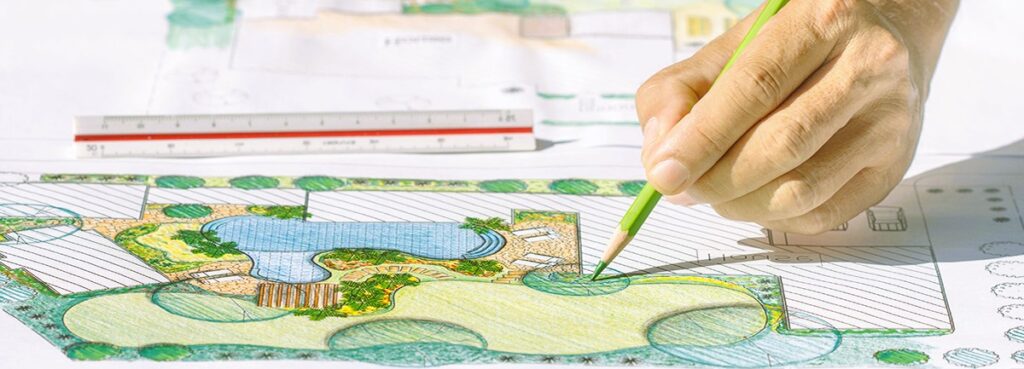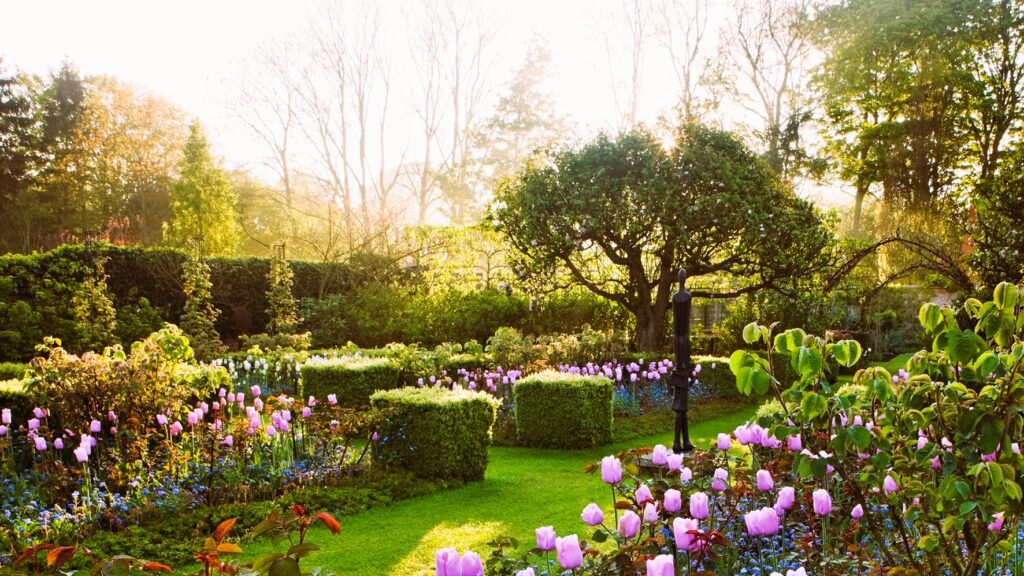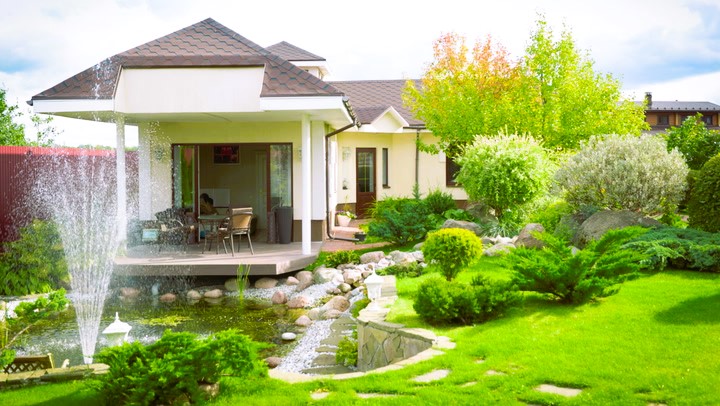Landscaping is not just about planting a few flowers and scattering some mulch; it’s an art form that involves careful planning, design, and execution. Whether you have a sprawling backyard or a modest front yard, understanding the basics of landscape architecture can help you transform your outdoor space into a harmonious and aesthetically pleasing environment. In this guide, we will delve into the fundamental principles of landscape architecture to assist you in creating a beautiful and functional outdoor retreat.
1. Understanding Landscape Architecture:
Landscape architecture is the art and science of designing outdoor spaces, considering both the environmental and social aspects of the area. It goes beyond simple gardening and involves strategic planning to create spaces that are not only visually appealing but also functional and sustainable.
2. Assessing Your Property:
Before diving into the design process, assess your property to understand its unique characteristics:
- Topography: Take note of slopes, hills, or flat areas that can influence the layout.
- Sunlight Exposure: Identify areas with full sun, partial shade, or full shade to plan plant placements accordingly.
- Soil Quality: Assess the soil type and drainage patterns to choose plants that thrive in these conditions.
3. Defining Functional Zones:

Divide your outdoor space into functional zones based on how you intend to use each area. Common zones include:
- Entertainment Area: A space for dining, seating, or outdoor activities.
- Vegetation Zone: Designated areas for planting flowers, shrubs, or trees.
- Utility Zone: Space for features like storage sheds, compost bins, or vegetable gardens.
4. Choosing Plants Wisely:
Selecting the right plants is a crucial aspect of landscape architecture. Consider factors such as:
- Native Plants: Choose plants that are native to your region, as they are adapted to local conditions and support local ecosystems.
- Biodiversity: Aim for a diverse selection of plants to attract beneficial insects, birds, and other wildlife.
- Seasonal Interest: Select plants that provide visual interest throughout the seasons, ensuring your landscape is vibrant year-round. Revealing the secrets of successful container gardening, read more here.
5. Hardscaping Elements:
Integrate hardscaping elements like paths, patios, and retaining walls to add structure and functionality to your landscape. Materials such as stone, wood, and concrete can be used creatively to define different areas and pathways.
6. Creating Focal Points:
In landscape architecture, focal points draw attention and create visual interest. These could be:
- Water Features: A pond, fountain, or birdbath can add a soothing element.
- Art or Sculptures: Unique pieces can serve as eye-catching focal points.
- Architectural Elements: A pergola, gazebo, or arbor can define and enhance outdoor spaces.
7. Sustainable Practices:
Consider sustainable practices in your landscape architecture to minimize environmental impact:
- Rain Gardens: Design areas that capture and filter rainwater to promote water conservation.
- Permeable Surfaces: Use materials that allow water to penetrate the soil, reducing runoff.
- Composting: Implement composting systems to recycle organic waste and enrich the soil.
8. Lighting Design:
Outdoor lighting is essential for both safety and aesthetics. Incorporate a well-thought-out lighting design that highlights key features and extends the usability of your outdoor space into the evening.

9. Maintenance and Long-Term Planning:
Plan for the long term by considering maintenance requirements and growth patterns of plants. Regular upkeep is crucial to preserving the beauty and functionality of your landscape.
10. Seeking Professional Advice:
If navigating the intricacies of landscape architecture seems overwhelming, don’t hesitate to seek professional advice. Landscape architects bring expertise in design principles, plant selection, and sustainable practices to ensure your vision becomes a reality.
In conclusion, mastering the basics of landscape architecture involves a thoughtful and holistic approach to outdoor design. By understanding your property, incorporating functional zones, choosing the right plants, and embracing sustainable practices, you can create a harmonious and inviting outdoor space. Whether you’re a gardening enthusiast or a novice, the principles of landscape architecture provide a solid foundation for transforming your property into a haven of natural beauty.
For further insights into landscape architecture and sustainable practices, explore Wikipedia.


